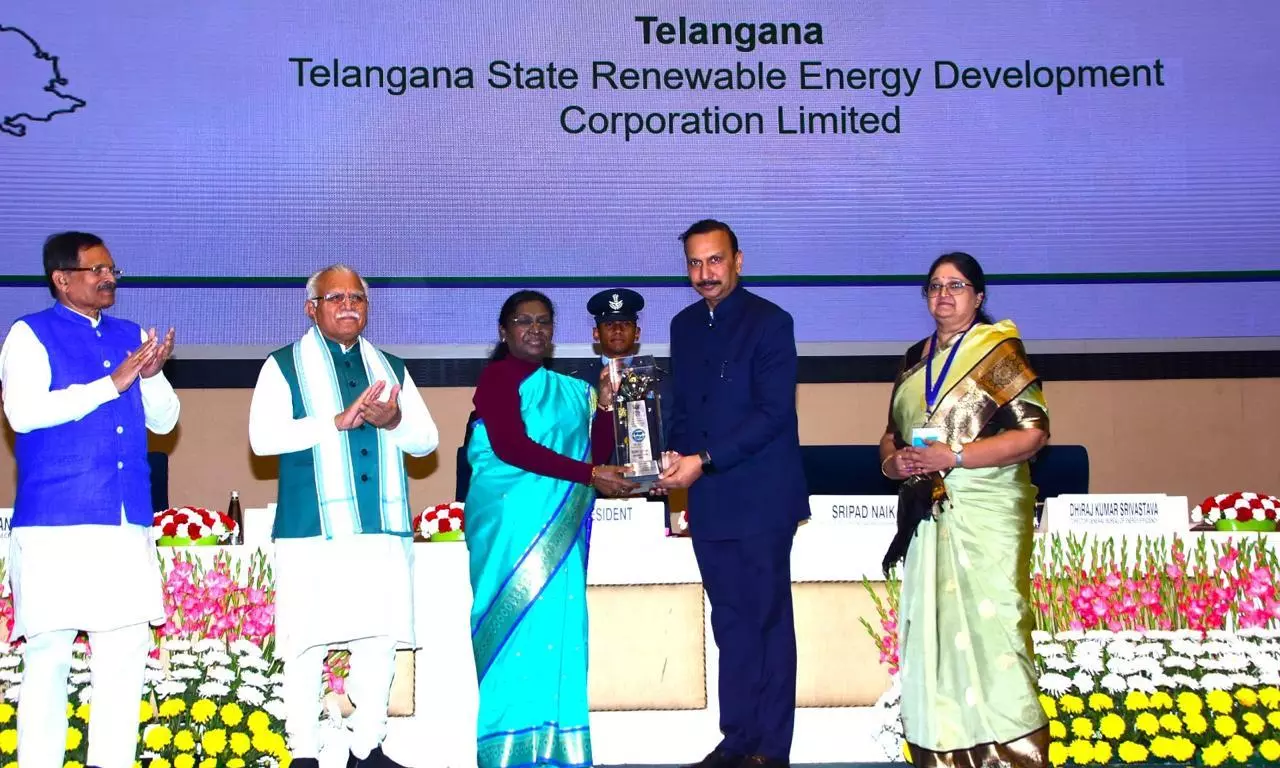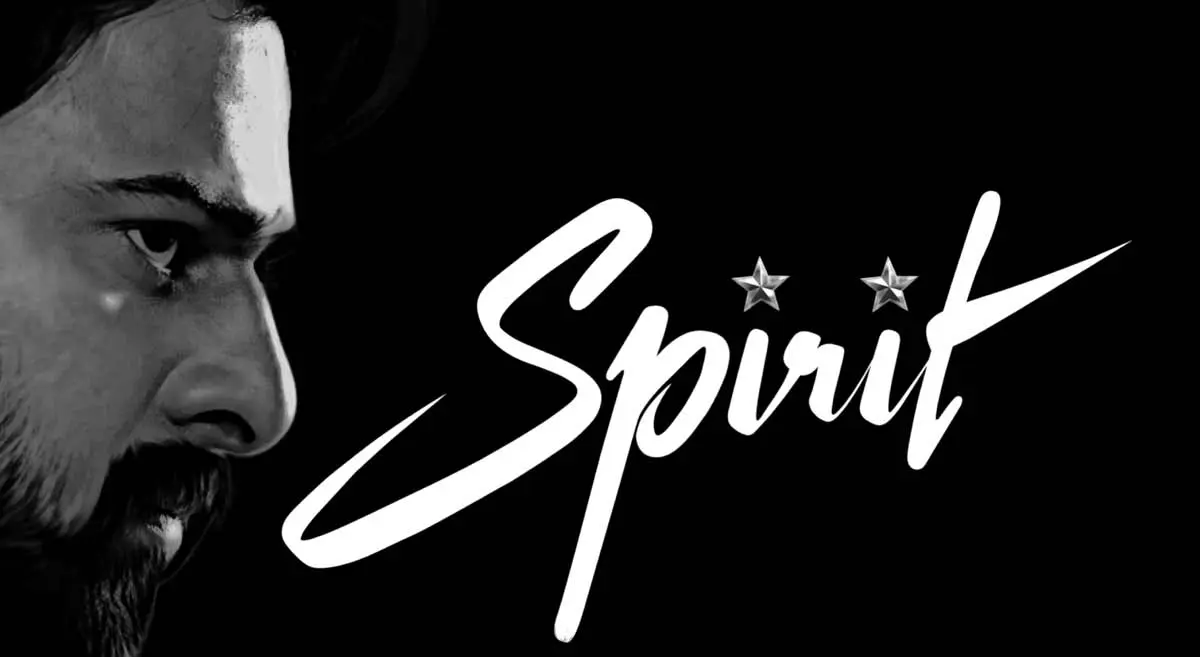
World Hypertension Day 2024: Yoga can help improve blood circulation and prevent blood clotting
World Hypertension Day is an annual event observed on May 17th to raise awareness about hypertension (high blood pressure) and to promote the prevention, detection, and control of this condition.
Hypertension is a major risk factor for cardiovascular diseases, including heart attack, stroke, and kidney disease, making it crucial to educate the public about its dangers and the importance of maintaining healthy blood pressure levels. This year’s theme is “Measure Your Blood Pressure Accurately, Control It, Live Longer”.
Blood clotting, or coagulation, is the process by which blood forms clots to prevent excessive bleeding when a blood vessel is injured. This involves a series of steps where platelets (a type of blood cell) and proteins in your plasma (clotting factors) work together to stop the bleeding by forming a clot over the injury. While blood clotting is essential for healing, abnormal clotting can lead to conditions like deep vein thrombosis (DVT), pulmonary embolism, and other cardiovascular diseases.
Yoga can help improve blood circulation and prevent blood clotting through gentle stretching, increased heart rate, and relaxation. Read on as we share step-by-step for yoga asanas that can help prevent blood clotting.
Here are yoga asanas that can help prevent blood clotting:
1. Tadasana
Tadasana encourages proper posture, which helps maintain optimal blood flow throughout the body. Engages core muscles and improves breathing, aiding in better oxygenation of the blood.
2. Vrikshasana
It improves balance and muscle tone in the legs, which enhances venous return and prevents blood from pooling. Requires focus and calmness, reducing stress and lowering blood pressure.
3. Adho Mukha Svanasana
Prevents blood clotting, increases circulation to the upper body and stretches the legs, promoting blood flow. Inverts the body, aiding in venous return and reducing strain on the heart.
4. Trikonasana
Stretches and strengthens the legs, promoting circulation and preventing blood stagnation. Opens the chest, improving lung capacity and oxygen supply to the heart.
5. Virabhadrasana II
Engages the legs and improves venous return from the lower extremities. Enhances stamina and cardiovascular endurance through sustained muscle engagement.
6. Saturday Bandhasana
Elevates the lower body, encouraging blood flow from the legs back to the heart. Opens the chest and improves respiratory function, aiding in better oxygenation of the blood.
7. Sarvangasana
Reverses gravity’s effect on the body, promoting venous return and preventing blood pooling in the legs. Stimulates the thyroid gland, which can help regulate blood pressure and metabolism.
8. Viparita Karani
Passively drains blood from the legs, reducing the risk of clot formation. Promotes relaxation and reduces stress, which can lower blood pressure.
9. Paschimottanasana
Stretches the hamstrings and back, improving circulation and reducing muscle tension. Encourages deep, slow breathing, enhancing oxygen exchange and reducing heart strain.
10. Shavasana
Facilitates full-body relaxation, which can improve overall circulation by reducing muscular tension. Reduces stress and anxiety, promoting a healthy heart rate and lowering blood pressure.
Incorporating these asanas into your regular yoga practice can help maintain healthy blood circulation, reduce stress, and prevent conditions related to abnormal blood clotting. Always consult with a healthcare professional before starting any new exercise regimen, especially if you have a history of blood clotting disorders.
Disclaimer: This content including advice provides generic information only. It is in no way a substitute for a qualified medical opinion. Always consult a specialist or your doctor for more information. NDTV does not claim responsibility for this information.





